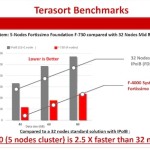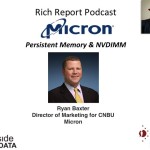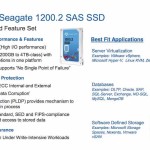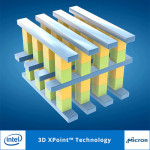Today the STEM-Trek nonprofit announced that donation from Micron Foundation will make it possible for more scholars to participate in the PEARC17 conference and student program. The Practice & Experience in Advanced Research Computing conference will be held in New Orleans, Louisiana, July 9-13, 2017.
“We’re delighted to support STEM-Trek and the PEARC17 Student Program,” said Dee Mooney, Micron Foundation Executive Director. “It’s a great opportunity for students to learn in a professional engineering conference environment and engage with industry icons. As they prepare to fill the STEM pipeline, professional development and networking experiences will strengthen their success in the microelectronics industry and beyond,” she added.













